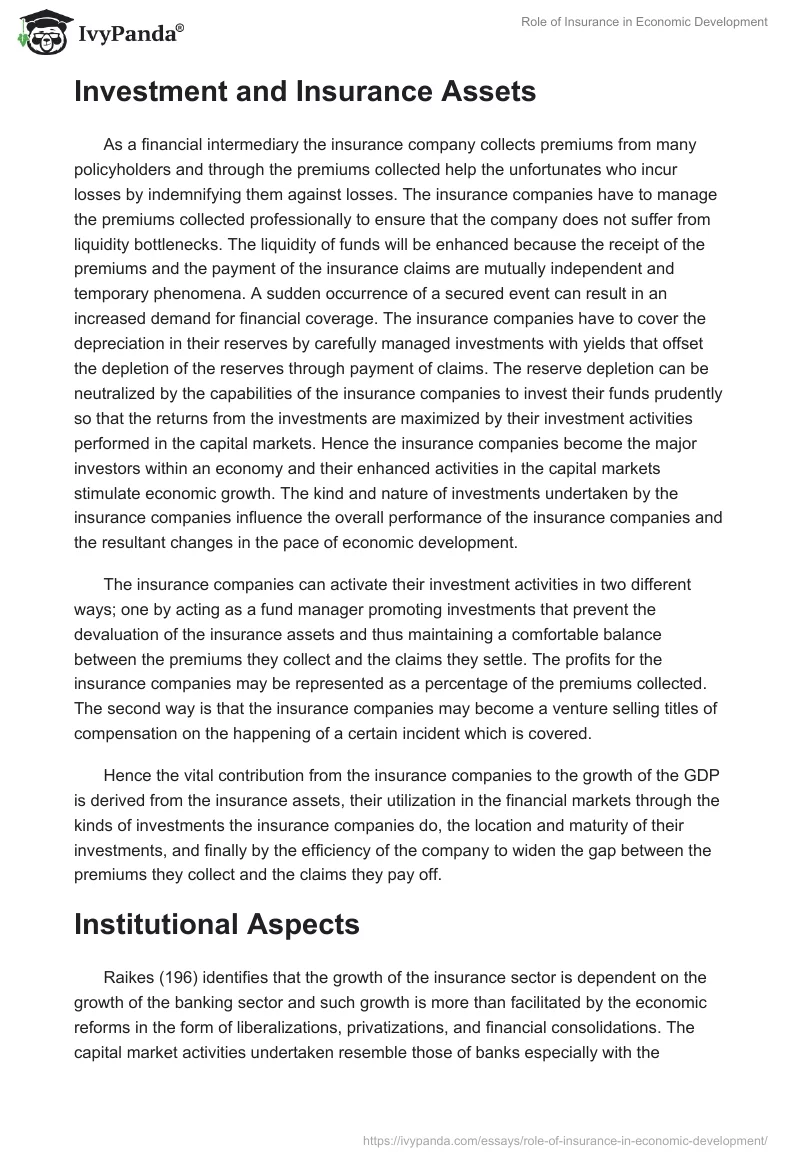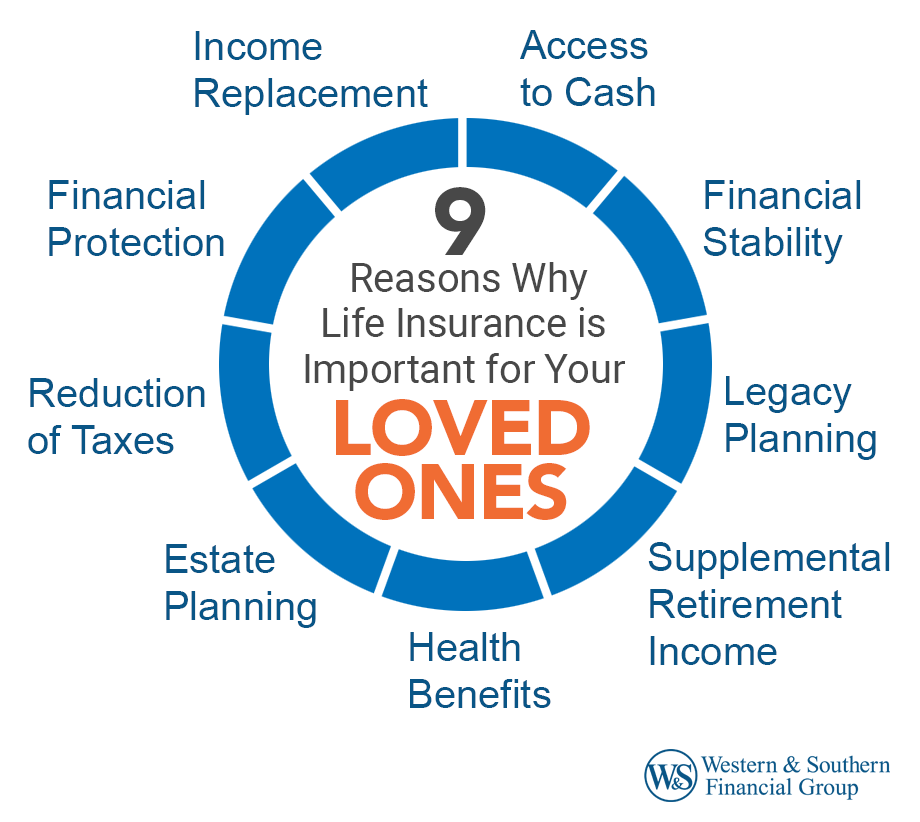The Of Pacific Prime
Wiki Article
The 4-Minute Rule for Pacific Prime
Table of ContentsPacific Prime for Beginners9 Easy Facts About Pacific Prime ShownThe Definitive Guide for Pacific PrimeHow Pacific Prime can Save You Time, Stress, and Money.Not known Factual Statements About Pacific Prime

This is due to the fact that the data were accumulated for a duration of strong financial performance. Of the estimated 42 million individuals that were without insurance, all but concerning 420,000 (concerning 1 percent) were under 65 years of age, the age at which most Americans end up being eligible for Medicare; 32 million were grownups between ages 18 and 65, about 19 percent of all grownups in this age team; and 10 million were children under 18 years of age, concerning 13.9 percent of all children (Mills, 2000).
These quotes of the number of individuals uninsured are produced from the yearly March Supplement to the Existing Population Survey (CPS), performed by the Demographics Bureau. Unless or else noted, national quotes of individuals without health insurance policy and percentages of the populace with various kinds of protection are based upon the CPS, one of the most extensively made use of source of estimates of insurance coverage and uninsurance rates.
Pacific Prime Fundamentals Explained

Still, the CPS is especially useful since it generates yearly quotes fairly rapidly, reporting the previous year's insurance protection approximates each September, and since it is the basis for a consistent set of quotes for greater than 20 years, allowing for evaluation of trends in coverage over time. For these factors, in addition to the extensive use the CPS in various other research studies of insurance protection that exist in this report, we count on CPS quotes, with limitations kept in mind.

The estimate of the variety of uninsured individuals increases when a population's insurance standing is tracked for several years. Over a three-year duration starting early in 1993, 72 million people, 29 percent of the united state population, were without coverage for a minimum of one month. Within a single year (1994 ), 53 million individuals experienced a minimum of a month without insurance coverage (Bennefield, 1998a)
6 out of every ten without insurance adults are themselves site link used. Although functioning does enhance the likelihood that and one's relative will have insurance, it is not a warranty. Even participants of households with 2 full time breadwinner have almost a one-in-ten opportunity of being uninsured (9.1 percent without insurance rate) (Hoffman and Pohl, 2000).
The Single Strategy To Use For Pacific Prime
New immigrants account for a considerable percentage of individuals without medical insurance. One analysis has attributed a significant section of the current growth in the dimension of the U.S. without insurance populace to immigrants who got here in the nation between 1994 and 1998 (Camarota and Edwards, 2000). Recent immigrants (those who came to the United States within the past four years) do have a high price of being uninsured (46 percent), yet they and their youngsters make up just 6 percent of those without insurance across the country (Holahan et al., 2001).The partnership in between medical insurance and access to care is well established, as documented later in this chapter. Although the partnership in between health and wellness insurance policy and health outcomes is neither straight neither straightforward, a comprehensive clinical and wellness services study literary works web links wellness insurance policy coverage to improved accessibility to care, better top quality, and improved personal and population health status.
Levels of analysis for examining the effects of uninsurance. This discussion of medical insurance protection concentrates mainly on the U.S. population under age 65 since essentially all Americans 65 and older have Medicare or various other public protection. It focuses specifically on those without any type of wellness insurance coverage for any size of time.
The 3-Minute Rule for Pacific Prime
The problems encountered by the underinsured remain in some respects comparable to those encountered by the uninsured, although they are typically much less extreme. expat insurance. Uninsurance and underinsurance, nonetheless, involve definitely different policy concerns, and the techniques for resolving them may vary. Throughout this study and the five reports to adhere to, the major focus is on persons with no health and wellness insurance and therefore no support in spending for healthcare beyond what is offered with charity and safety net organizations
Medical insurance is an effective variable influencing receipt of treatment since both people and doctors react to the out-of-pocket rate of solutions - https://telegra.ph/Pacific-Prime-Your-Trusted-Source-for-International-Health-Insurance-04-02. Medical insurance, nevertheless, is neither required nor adequate to get accessibility to clinical solutions. The independent and straight impact of wellness insurance protection on accessibility to wellness solutions is well established.
Others will acquire the wellness treatment they require even without medical insurance, by paying for it expense or seeking it from companies that offer treatment cost-free or at very subsidized rates. For still others, health and wellness insurance coverage alone does not make certain receipt of care due to other nonfinancial barriers, such as an absence of healthcare providers in their community, limited accessibility to transportation, illiteracy, or etymological and social differences.
The Buzz on Pacific Prime
Official study about uninsured populations in the United States dates to the late 1920s and early 1930s when the Committee on the Expense of Healthcare produced a series of records concerning financing doctor office brows through and hospitalizations. This concern became prominent as the numbers of medically indigent climbed during the Great Depression.Report this wiki page